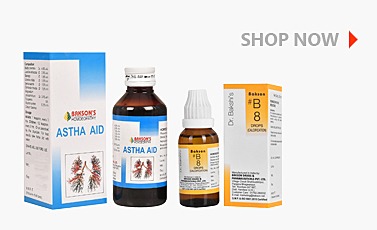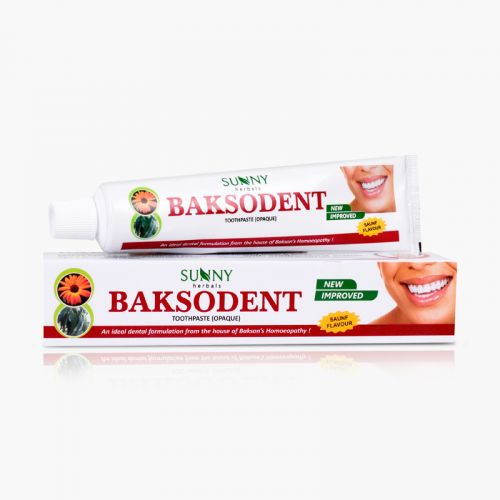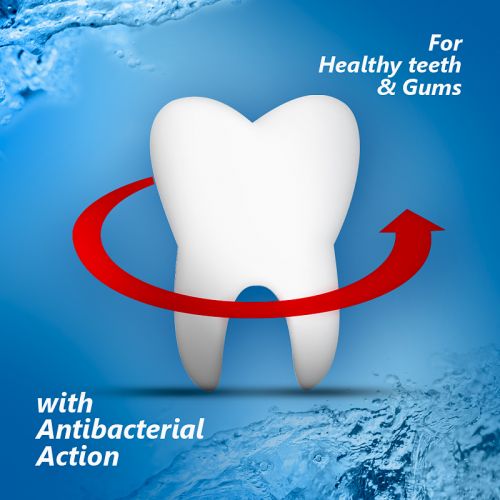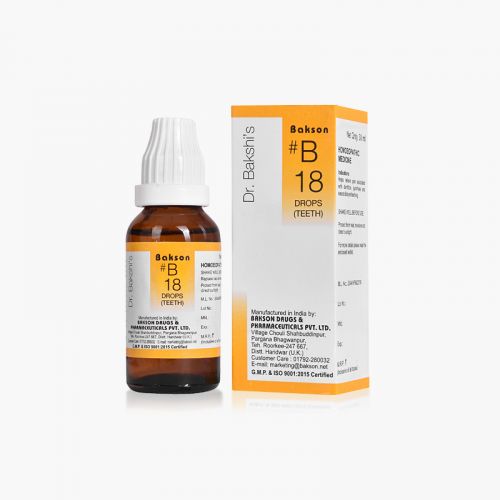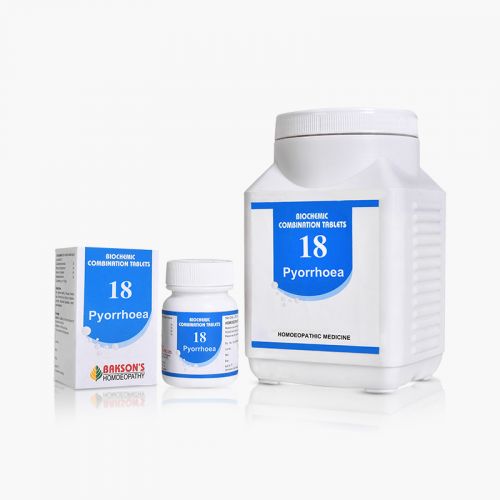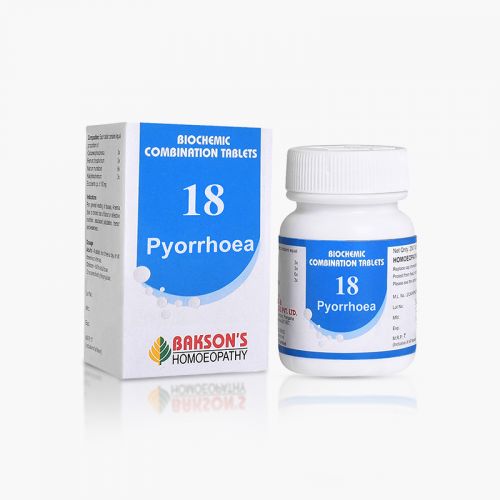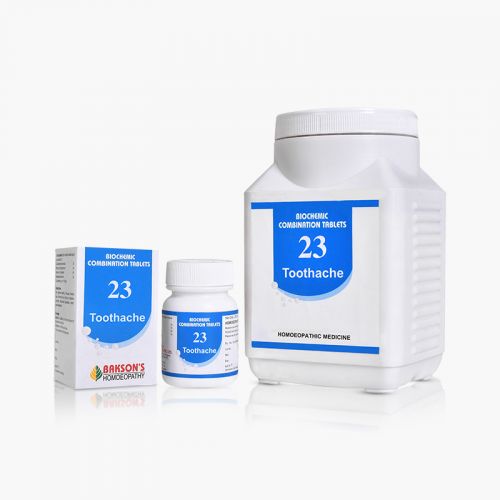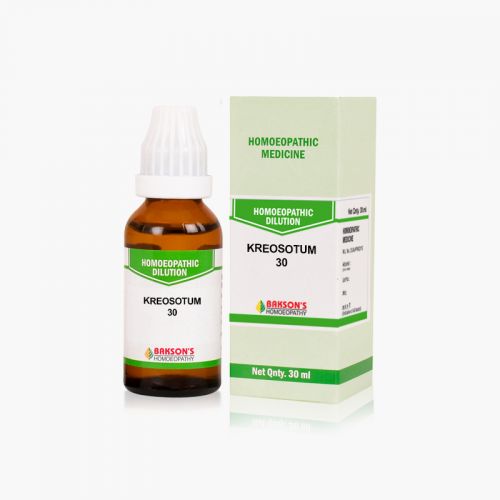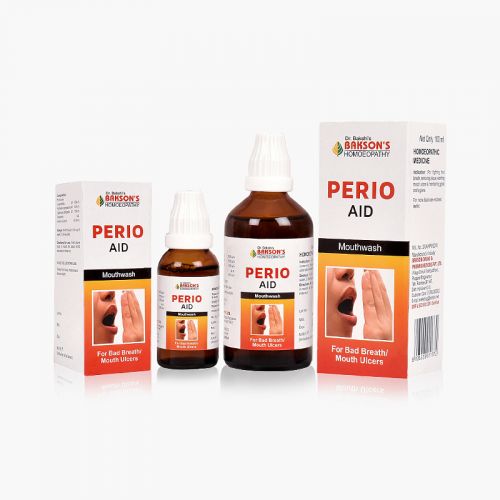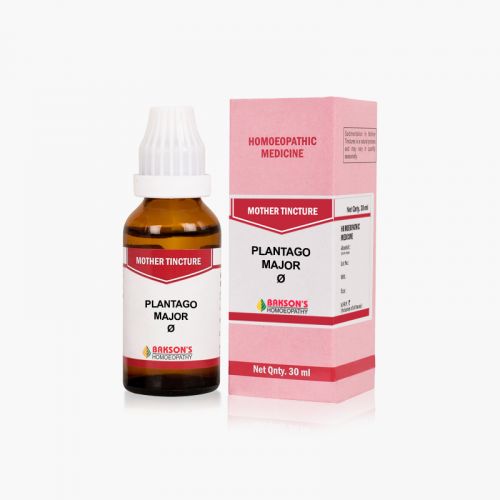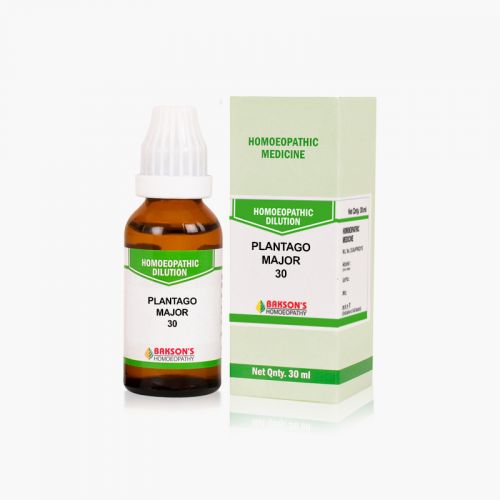We use cookies to make your experience better. To comply with the new e-Privacy directive, we need to ask for your consent to set the cookies. Learn more.
What is Gingivitis?
Gingivitis is an inflammatory condition of the soft-tissue area of the gingival epithelium or the gums and connective tissue most commonly due to a bacterial infection. It is considered to be the commonest periodontal disease. It is characterized by swelling and redness in the affected area, along with bleeding upon probing.
Gingivitis undergoes four different stages before progressing to periodontitis if not treated:
- Initial lesion - characterized by the response of resident leukocytes and endothelial cells to the plaque (a bacterial biofilm) and is asymptomatic.
- Early lesion- characterized by an increase in the number of neutrophils. In this stage, the clinical signs of gingivitis, such as redness and bleeding from gingival, start appearing.
- Established lesion- there is increased collagenolytic activity in this stage along with an increase in the number of macrophages, plasma cells, T and B lymphocytes. Clinically, changes in the color and contour of the gingival can be seen along with gingival bleeding.
- Advanced lesion- characterized by attachment loss that is irreversible. The inflammatory changes and the bacterial infection starts affecting the gingival, periodontal ligament, and alveolar bone resulting in their destruction and, eventually, tooth loss.
Causes
Based on the cause, gingivitis can be classified into five types.
- Plaque Induced Gingivitis: the most common cause of gingivitis.
- Infectious Gingivitis: occurs due to the presence of any other infection in the oral cavity, such as dental caries.
- Nutritional Gingivitis: occurs due to deficiency of vitamin C.
- Hormonal Gingivitis: occurs during pregnancy, puberty, or steroid therapy.
- Drug-Induced Gingivitis: as a side effect of various drugs such as phenytoin (used for epileptic seizures), calcium channel blockers (used for angina, high blood pressure), anticoagulants and fibrinolytic agents, oral contraceptive agents, protease inhibitors, vitamin A and analogs.
Various risk factors can contribute to gingivitis - the personal habits of the patient (smoking and tobacco chewing), systemic conditions (diabetes), genetic factors (hereditary gingival fibromatosis), and local conditions (dry mouth, crowded teeth).
Signs and Symptoms
Gingivitis goes unnoticed but there may be a history of bleeding from the gingiva while brushing, flossing, and sometimes eating particularly hard food (apples) along with bad breath that does not resolve even after brushing.
The gingival swelling can be graded into four types.
- Grade 0: No signs of gingival swelling.
- Grade I: Swelling that is confined to interdental papilla region.
- Grade II: Swelling involving both the interdental papilla and the marginal gingiva.
- Grade III: Swelling that covers three fourths or more of the crown structure.
Physical examination of the oral cavity reveals the presence of inflamed, tender, and swollen gingiva that may bleed on probing depending on the stage of gingivitis.
Management
Gingivitis, in its initial stages, can be easily managed by following oral hygiene protocol, which includes regular tooth brushing with the correct technique involved along with flossing. If the condition persists, then it may be due to other etiological factors for which a dentist should be consulted. Also, the importance of a balanced diet and regular dental visits every six months should be emphasized upon.
Warning: Above information provided is an overview of the disease, we strongly recommend a doctor's consultation to prevent further advancement of disease and/or development of complications.
Disclaimer: The information provided herein on request, is not to be taken as a replacement for medical advice or diagnosis or treatment of any medical condition. DO NOT SELF MEDICATE. PLEASE CONSULT YOUR PHYSICIAN FOR PROPER DIAGNOSIS AND PRESCRIPTION.
- BAKSON #B 18 DROPSSpecial Price ₹ 160.00 Regular Price ₹ 200.00
-
- BCT # 18 (PYORRHOEA)-250TABSpecial Price ₹ 84.00 Regular Price ₹ 105.00
-
- KREOSOTUM 30₹ 100.00
- MERCURIUS SOLUBILIS 30₹ 100.00
- PLANTAGO MAJORSpecial Price ₹ 88.00 Regular Price ₹ 110.00
- PLANTAGO MAJOR 30₹ 100.00



